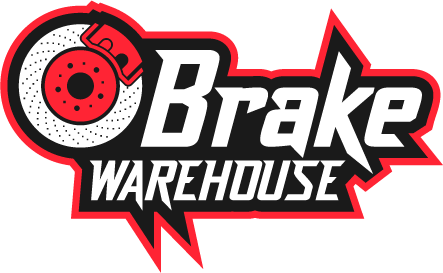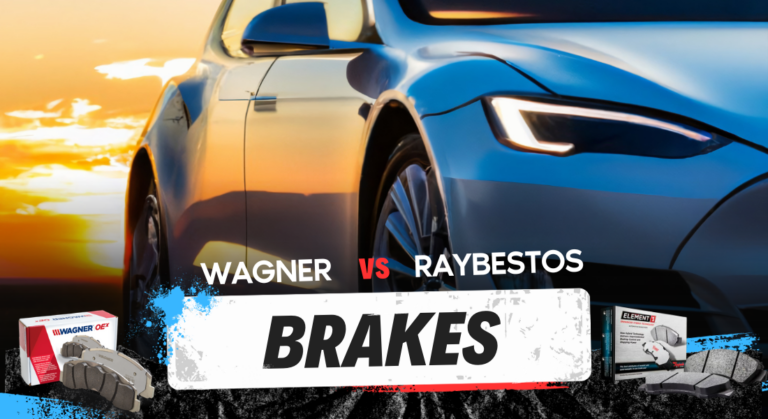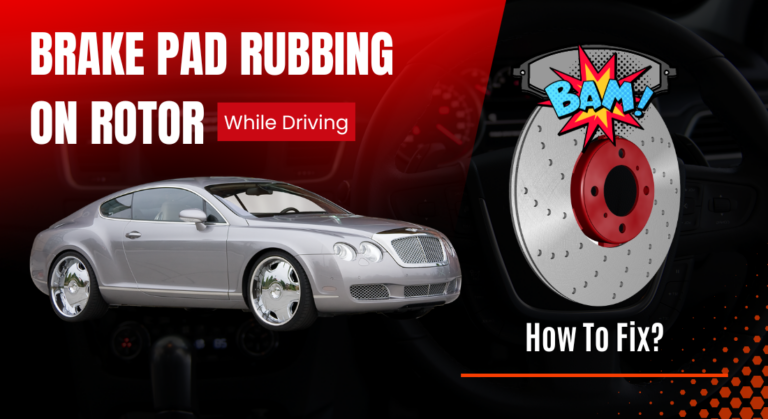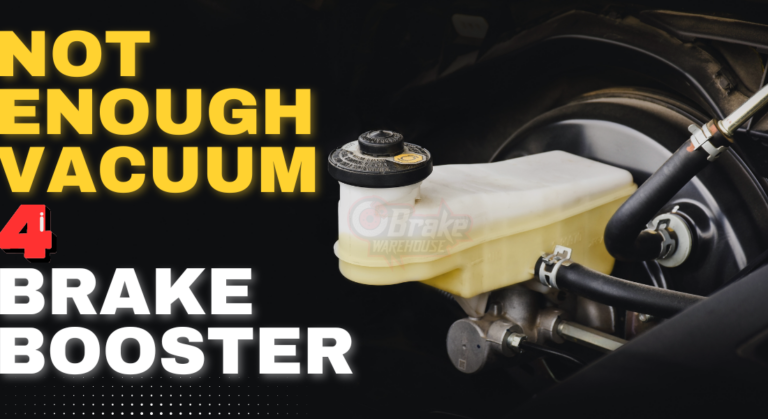Why ABS and Brake Light on But No Codes? 6 Reasons
Flashing ABS and brake lights when driving on rough surfaces or weather conditions is common. However, you may wonder when the ABS and brake light are on but no codes as it is unusual.
Well, it can happen for many reasons. Lose ABS sensor wiring, worn-out tires, or misaligned wheels are the prime causes. The problem can also happen due to bad bearings or intermittent faults in the ABS sensors.
Diagnosing a problem becomes easy when there is an error code. What if the error code is unavailable? Why are ABS and brake lights on but no codes? Let’s figure it out.
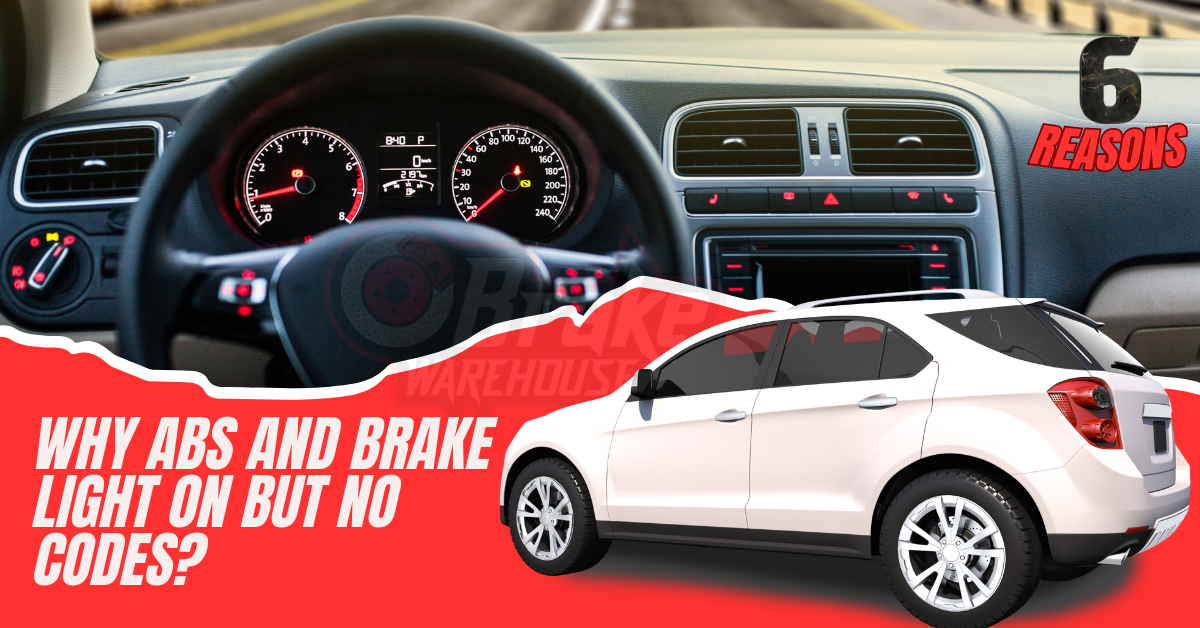
Why ABS and Brake Light on But No Codes?
The ABS system may occasionally engage unexpectedly due to issues unrelated to the ABS components. This can occur without triggering an error code in the ECU, complicating diagnosis.
Here are some common reasons for unanticipated ABS light activation.
1. Loose ABS Sensor Wiring
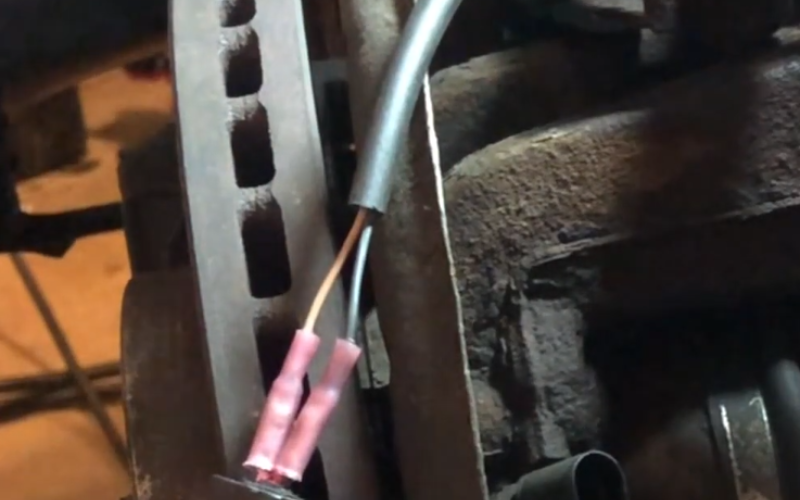
Damages or loose wiring are common problems with vehicle ABS. Minor errors to the speed sensor can activate the ABS when it is not required. As a result, you may notice a blinking ABS light while there are no error codes in the ECU.
Most car’s ABS and traction control systems have a central module to which 4 sensors are connected.
Each sensor is linked to the ABS located within the wheel arch of each tire, extending along the suspension until it reaches the rear of the wheel hub, where it is secured to the tip of the sensor.
The wiring positioned behind each wheel is susceptible to all weather conditions and any dirt and debris on the road.
Continuous exposure to moisture and subsequent heating (from both the brakes and the weather) can lead to wear and tear on the speed sensors and wiring, potentially causing damage to their outer casings and the sensors themselves.
Additionally, the sensor connector may gradually become damaged or loose, resulting in an intermittent connection that can trigger the unexpected illumination of the ABS warning light.
2. Worn-out Tires
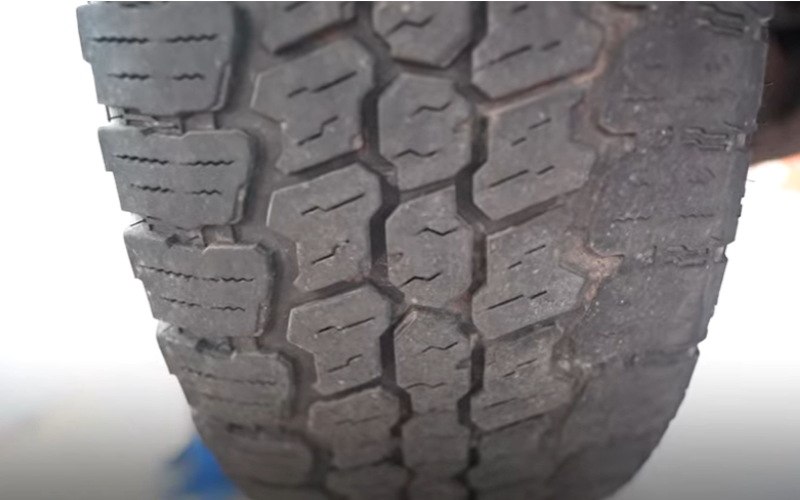
Another frequent reason for the unexpected illumination of the ABS warning light is attributed to nearly worn-out or unevenly worn tires. This issue is particularly prevalent among high-performance cars and rear-wheel-drive vehicles that exert substantial torque during acceleration.
The fundamental cause behind the ABS activation is a deficiency in traction. When tires are on the brink of wearing out or have experienced uneven wear, such as more wear on the sides or in the middle, their ability to grip the road surface diminishes.
This loss of grip can result in tire slippage, which misleads the ABS into believing that the vehicle is losing control.
In such instances, the Engine Control Unit (ECU) will not log any error codes since the ABS is functioning as expected, and the issue can be traced back to the condition of the tires.
High-performance and rear-wheel-drive vehicles are more susceptible to traction loss when tires are in poor condition.
The problem is also commonly observed in diesel rear-wheel-drive vehicles if their tires wear down excessively, primarily because diesel vehicles can generate significant torque, especially in lower gears during acceleration.
3. Misaligned Wheels
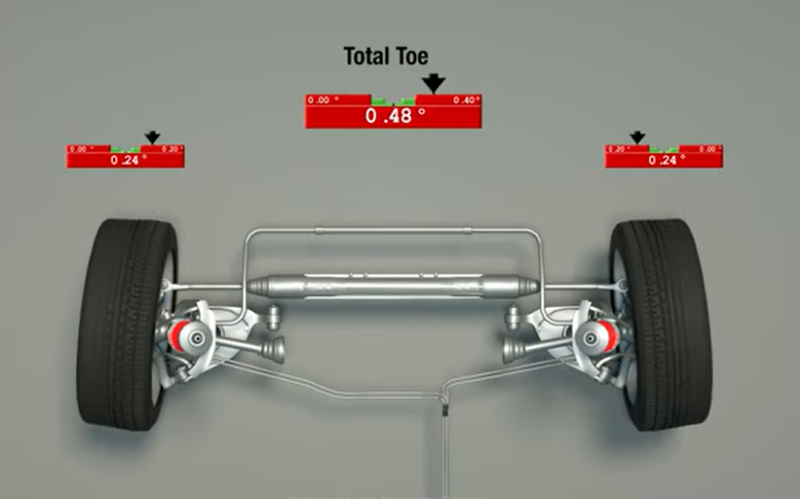
Improper wheel alignment can also lead to unwarranted activation of the ABS under specific driving conditions.
Once more, the ABS perceives the vehicle is skidding or slipping and intervenes to mitigate the perceived risk. Although the Engine Control Unit (ECU) doesn’t register any error codes, it’s evident that a problem requires attention.
In reality, a temporary loss of traction occurs due to misaligned wheels, prompting the ABS or traction control to engage.
4. Defective ABS Ring
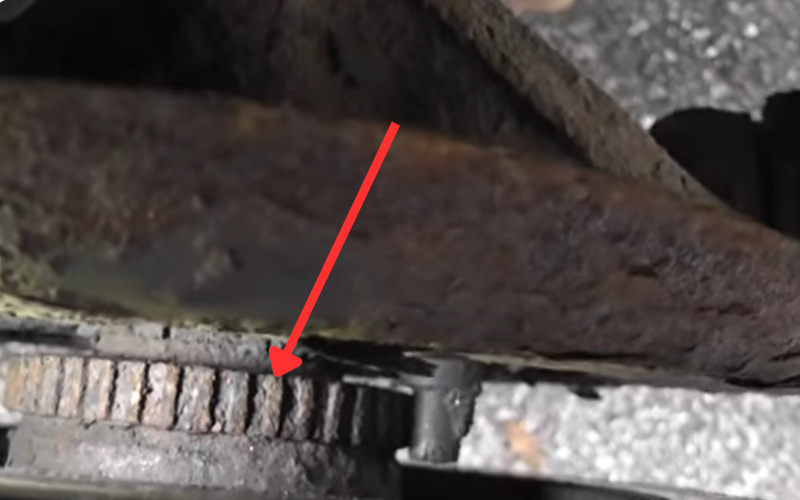
Many ABS systems incorporate a metallic ring known as an ABS ring or reluctor ring, which is affixed to each wheel hub or driveshaft. This ring plays a pivotal role in enabling the ABS sensor to calculate the speed of each wheel.
The ABS ring features notches that modulate the signal the ABS speed sensor receives. This modulation allows the sensor to discern the individual speed of each wheel. It also engages the brakes through the ABS or traction control system if any wheel deviates from the desired speed range.
Occasionally, the ABS ring can deteriorate due to rust, leading to swelling or accumulating dirt within its notches. A damaged ABS ring disrupts the signal detected by the ABS speed sensor, resulting in the untimely illumination of the ABS warning light.
The sensing tip of each ABS sensor, situated at every wheel hub, maintains a mere few millimeters of separation from the associated ABS ring.
When the ABS ring succumbs to rust-induced swelling, it can contact the sensor, potentially causing damage. This contact, too, may trigger the ABS warning light, although it might only prompt an error code once the sensor sustains complete failure.
5. Intermittent Fault in the ABS Speed Sensor
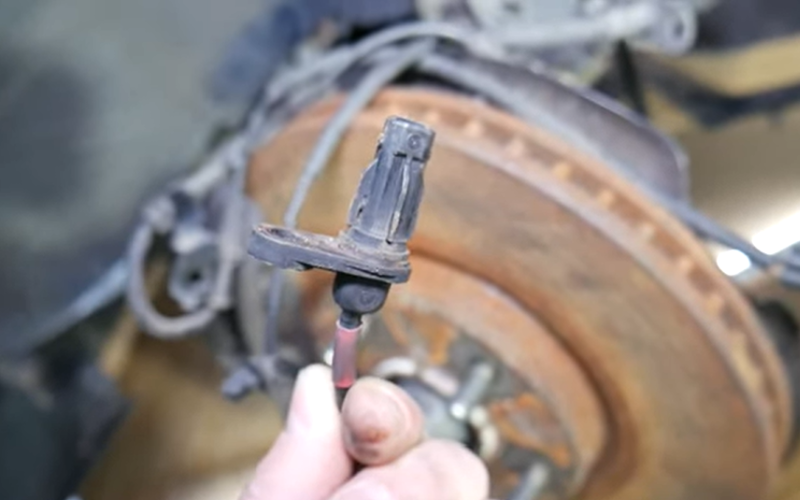
As previously mentioned, the ABS speed sensors are subjected to a wide range of adverse weather and driving conditions, unlike most other sensors that enjoy protection.
Consequently, they are more prone to deterioration over time. It results in potential issues with the ABS and the illumination of the ABS warning light on the dashboard.
It’s common for ABS sensors to begin producing inaccurate readings as they approach failure. This often leads to the unnecessary activation of the ABS. Initially, the ECU may not log this as an error code since the sensor is still operational.
When false ABS sensor readings start manifesting, it may take a few weeks for the sensor to deteriorate completely. The ECU may only recognize the sensor fault when it fails, so error codes may only appear at that point.
Read Also: Is It Safe to Drive with E-Brake Light On?
6. Damaged Wheel Bearings
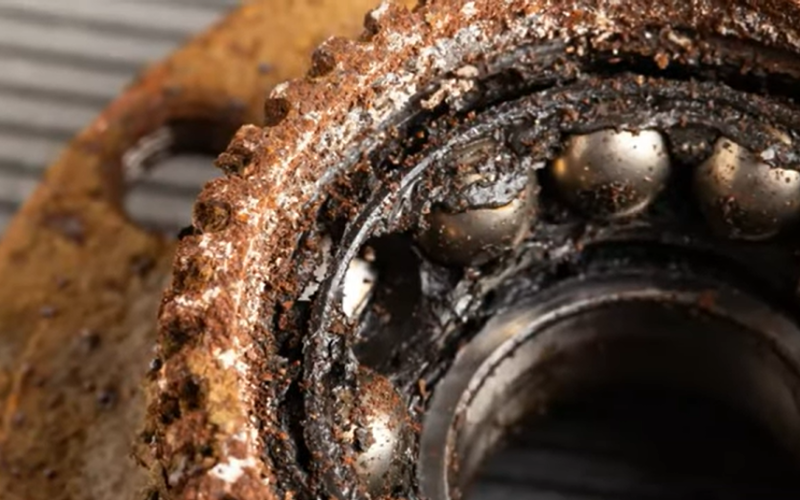
You might assume that wheel bearings have no connection to the ABS or traction control system. However, a faulty wheel bearing can wreak havoc on ABS sensors.
Wheel bearings can fail for various reasons. Wear and tear, lubricant depletion from within the bearing, and the accumulation of rust are the primary culprits. As a wheel bearing deteriorates, a wobble or uneven rotation may develop. This can impact the ABS sensor in two significant ways.
The wobbling or excess movement in the bearing can physically harm the ABS sensor. In most cases, ABS sensors are positioned near the rear of the wheel bearing hub.
It’s crucial to ensure the ABS sensor remains securely in place to shield it from damage and enable accurate readings during wheel rotation. If the bearing allows the hub to move more than it should, this can either damage the sensor or disrupt its precise measurement of the ABS ring’s rotation.
Moreover, a bad wheel bearing can affect an ABS sensor through damage resulting from leaking lubricant and rust accumulation. To function correctly, the ABS sensor needs to remain free from contamination. Occasionally, a leaking wheel bearing can contaminate the ABS sensor, causing the ABS warning light to illuminate sporadically.
Read Also: Can Worn Brake Pads Cause ABS Light to Come On?(Find Now)
FAQs
Is driving safe when the ABS and brake lights are illuminated but no codes are present?
Driving is generally safe when the ABS and brake lights are on without error codes, but caution is advised. While your vehicle’s standard braking system should still function, the absence of ABS means reduced stability and traction during hard braking or slippery conditions. Prompt diagnosis and repair are recommended for optimal safety.
Can a simple reset of the ABS resolve the issue when no error codes are detected?
A simple reset of the ABS might temporarily extinguish warning lights, but it won’t address the underlying issue causing them. If no error codes are present, the problem is likely more complex, and it’s advisable to diagnose and fix the root cause rather than relying solely on a reset.
How does the brake fluid level trigger ABS and brake lights without codes?
The brake fluid level is crucial for properly functioning both the ABS and brake systems. A low brake fluid level can trigger the ABS and brake warning lights, even without error codes, because it indicates a potential issue, such as brake wear or a leak, that needs attention to ensure safe braking performance.
Final Words
The wisest approach during why ABS and brake light on but no codes is to seek the expertise of a skilled mechanic for a brake inspection.
Regardless of which warning light is illuminated without codes , paying attention to it for an extended period is essential.
An activated ABS or BRAKE light isn’t merely a minor inconvenience. It can impact the vehicle’s resale and trade-in value and raise concerns during inspections (subject to state laws). With attentiveness and a DIY mindset, many ABS and brake system repairs can be undertaken at home.

Meet Zayan, the mechanical genius behind the highly acclaimed brakes problems and solutions website. With over a decade of hands-on experience in the automotive industry, Zayan has become a trusted authority in the realm of brake systems.
His passion for cars, coupled with his expertise in solving complex brake-related issues, has earned him a devoted following of car enthusiasts, mechanics, and everyday drivers seeking reliable guidance.
